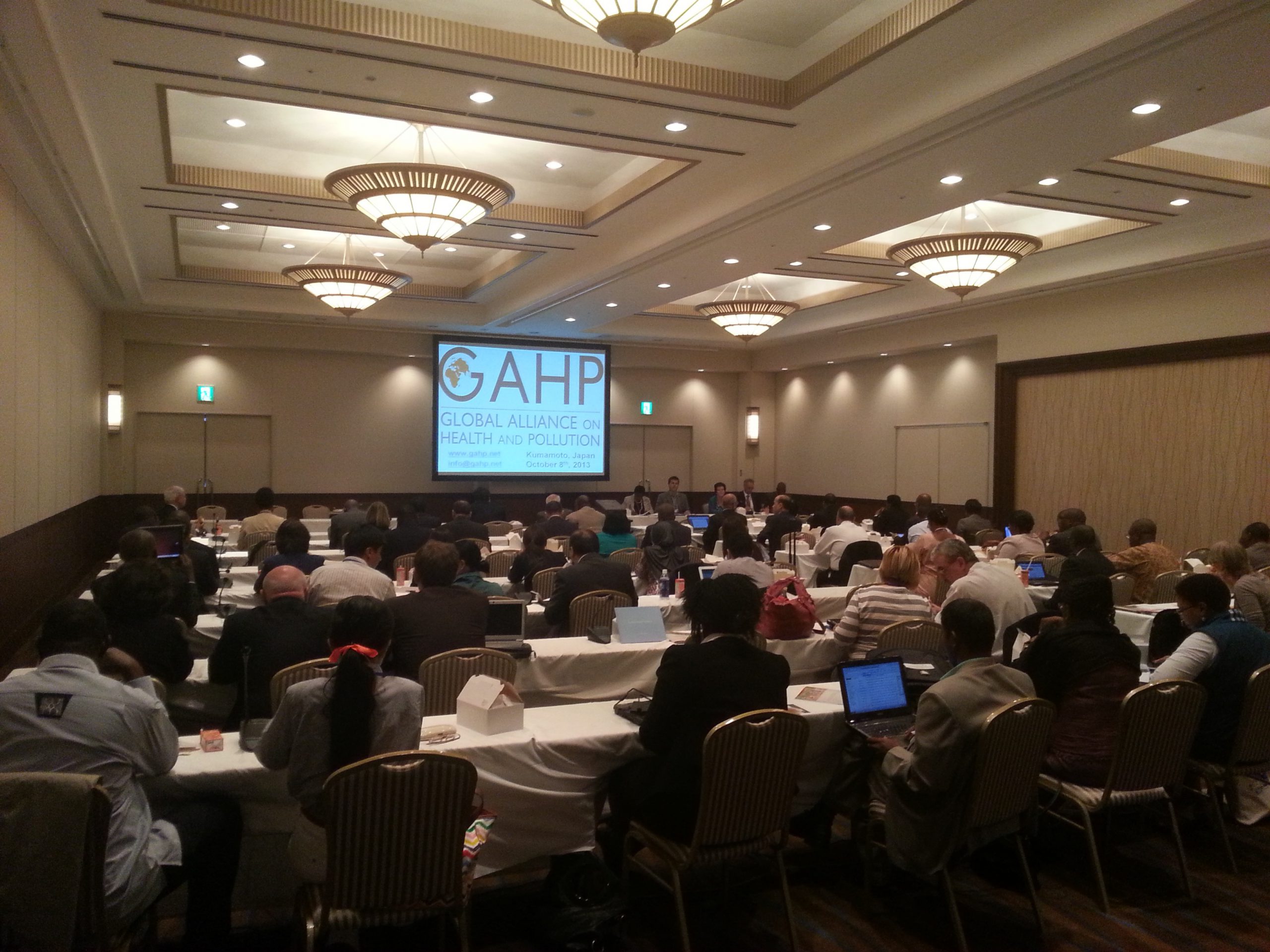Earlier this month, Pure Earth was with the Global Alliance on Health and Pollution (GAHP) in Minamata, Japan, to witness the landmark signing of the first international treaty to curb mercury pollution, and to help countries abide by the agreement.
To date, Pure Earth has identified 425 sites contaminated by mercury, with about 10.9 million men, women and children at risk from these sites (see table).
Read – The Toxic Toll of Mercury: Facts, Figures and The Future of “Dancing Cat Fever” Disease
As secretariat for the GAHP, Pure Earth hosted an event in Minamata to introduce delegates from 140 countries to GAHP resources, which include technical and financial resources to help low-and middle-income countries reduce mercury emissions and mitigate human health risks from mercury-contaminated sites.
 The event also presented examples of successful on-the-ground projects conducted by two GAHP members: UNIDO and Indonesian Ministry of Environment.
The event also presented examples of successful on-the-ground projects conducted by two GAHP members: UNIDO and Indonesian Ministry of Environment.
“We want low- and middle-income countries to know that they can ask the GAHP for help to abide by the Minamata Convention. They will not have to do this alone,” says Blacksmith president Richard Fuller.
Mercury is one of the top six toxic threats, as identified by Pure Earth’s 2010 World’s Worst Pollution Problems report, and is considered one of the top ten chemicals of major public health concern by WHO.
Because of its propensity to travel and linger, mercury, in particular, is a global problem that can only be solved with an approach that is international in scope. This is why the Minamata Convention is key to a better, mercury-free future. With GAHP’s help, it can be a reality.
To join GAHP or seek GAHP help, contact the GAHP Secretariat at info@gahp.net.





